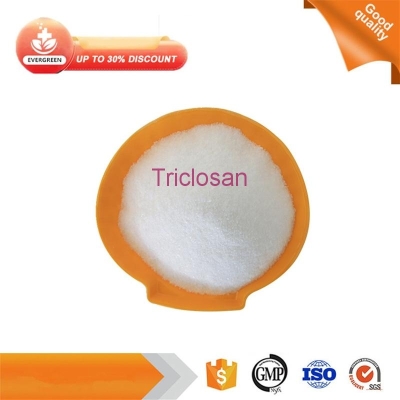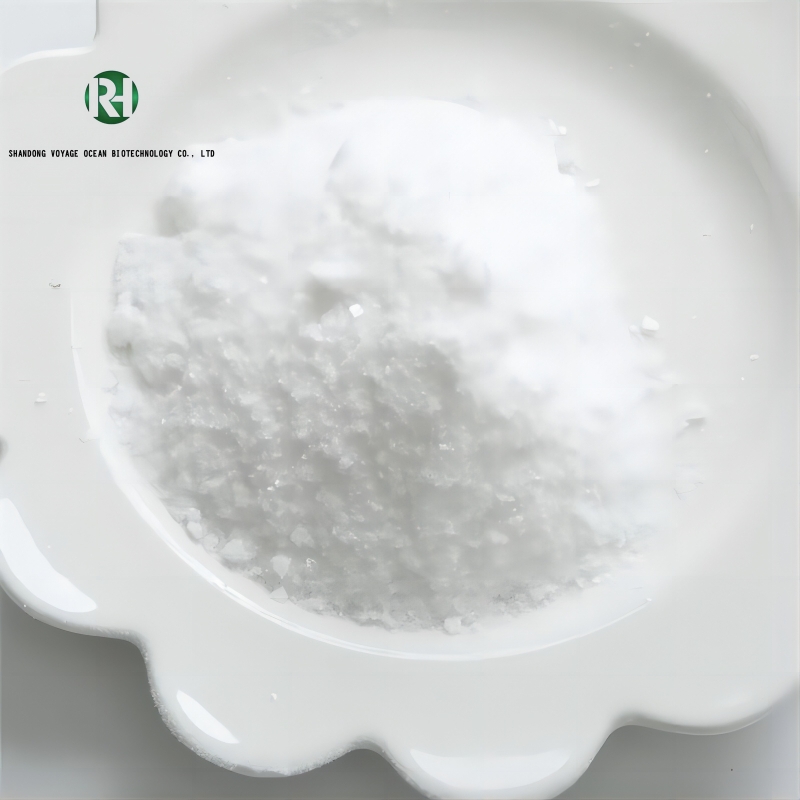-
Categories
-
Pharmaceutical Intermediates
-
Active Pharmaceutical Ingredients
-
Food Additives
- Industrial Coatings
- Agrochemicals
- Dyes and Pigments
- Surfactant
- Flavors and Fragrances
- Chemical Reagents
- Catalyst and Auxiliary
- Natural Products
- Inorganic Chemistry
-
Organic Chemistry
-
Biochemical Engineering
- Analytical Chemistry
- Cosmetic Ingredient
-
Pharmaceutical Intermediates
Promotion
ECHEMI Mall
Wholesale
Weekly Price
Exhibition
News
-
Trade Service
Common faults and countermeasures of optical microscopes Microscopes are common instruments in laboratory scientific research, which can observe substances that people cannot see with the naked eye
.
However, long-term use cannot avoid the occurrence of faults.
The following editor summarizes the common faults and processing methods for everyone, let's understand together
.
1.
The failures of the focusing system mainly include the coarse calibration screw being too tight and the lens barrel sliding down by itself
.
Coarse calibration screw is too tight Due to the long-term use of the optical microscope, the lubricating oil will dry out, or there may be dirt entering the slideway between the lens barrel and the mirror arm, which may make the rotation of the coarse calibration screw difficult
.
The lens barrel can be lifted and removed by rotating the coarse calibration screw backward, cleaning the slideway between the lens barrel and the mirror arm, and then adding lubricating oil
.
If it is still difficult to rotate, you can rotate the coarse calibration screws on both sides in a counterclockwise direction, remove them, and add lubricating oil after cleaning the interior
.
When cleaning the optical microscope, it can be cleaned with a clean gauze dipped in 100% ethanol.
Do not use organic solvents to avoid damaging the paint surface
.
The lubricating oil can be solid lubricating oil, such as Vaseline, and must not use liquid lubricating oil, such as sewing machine oil
.
Because the liquid lubricating oil is likely to diffuse into the optical system such as the objective lens and damage the lens
.
The lens barrel slides down by itself.
First, tighten the two coarse calibration screws in a clockwise direction.
If the effect is not obvious, you can remove the coarse calibration screws.
The way to remove is to turn the left and right coarse calibration screw knobs in opposite directions Turn it counterclockwise to unscrew it
.
A circular plastic gasket with an inner diameter of 5mm and an outer diameter of 10mm is used.
The plastic gasket can use any flexible thin plastic sheet on the spot
.
In addition, the gasket should be tightened moderately, too tight or too loose is not good, as long as the optical microscope can flexibly rotate the lens barrel and does not automatically slide down
.
2.
Objective lens converter The faults of the optical microscope mainly include inaccurate positioning of the objective lens, the converter is too tight and the converter shakes
.
Improper positioning of the objective lens There should be a "click" sound when the objective lens is rotated in place, because the positioning bead on the rear side of the lens barrel just fits into the positioning groove of the converter
.
If the shrapnel of the positioning bead is too loose, the positioning of the converter will be inaccurate.
You can remove it and install it with pliers
.
The converter is too tight or shakes The optical microscope may be caused by lack of lubricating oil or loose fastening screws, it needs to be removed, adjusted, and lubricated
.
The fastening screws of the converter have two inner and outer screws.
The outer screw thread is the same as the ordinary screw.
Rotate clockwise to tighten it.
The inner hollow screw thread is reversed and counterclockwise to tighten
.
The optical microscope converter is embedded with two rings of steel balls, and lubricating oil is added to the steel balls
.
After adding oil, screw the inner hollow screw on first, and adjust the degree of tightening, so that the two rings of steel balls are tightly fastened, there is no sign of loosening, and the converter is not difficult to rotate
.
Then screw on the outer screws and tighten
.
Since the two screws are opposite to each other, they will not be loosened due to the rotation of the converter after tightening
.
The above is the relevant introduction about the common faults and processing methods of optical microscopes.
I believe that everyone has a corresponding understanding of this after reading, and everyone can use it as a reference.
I hope it will be helpful to you
.
.
However, long-term use cannot avoid the occurrence of faults.
The following editor summarizes the common faults and processing methods for everyone, let's understand together
.
1.
The failures of the focusing system mainly include the coarse calibration screw being too tight and the lens barrel sliding down by itself
.
Coarse calibration screw is too tight Due to the long-term use of the optical microscope, the lubricating oil will dry out, or there may be dirt entering the slideway between the lens barrel and the mirror arm, which may make the rotation of the coarse calibration screw difficult
.
The lens barrel can be lifted and removed by rotating the coarse calibration screw backward, cleaning the slideway between the lens barrel and the mirror arm, and then adding lubricating oil
.
If it is still difficult to rotate, you can rotate the coarse calibration screws on both sides in a counterclockwise direction, remove them, and add lubricating oil after cleaning the interior
.
When cleaning the optical microscope, it can be cleaned with a clean gauze dipped in 100% ethanol.
Do not use organic solvents to avoid damaging the paint surface
.
The lubricating oil can be solid lubricating oil, such as Vaseline, and must not use liquid lubricating oil, such as sewing machine oil
.
Because the liquid lubricating oil is likely to diffuse into the optical system such as the objective lens and damage the lens
.
The lens barrel slides down by itself.
First, tighten the two coarse calibration screws in a clockwise direction.
If the effect is not obvious, you can remove the coarse calibration screws.
The way to remove is to turn the left and right coarse calibration screw knobs in opposite directions Turn it counterclockwise to unscrew it
.
A circular plastic gasket with an inner diameter of 5mm and an outer diameter of 10mm is used.
The plastic gasket can use any flexible thin plastic sheet on the spot
.
In addition, the gasket should be tightened moderately, too tight or too loose is not good, as long as the optical microscope can flexibly rotate the lens barrel and does not automatically slide down
.
2.
Objective lens converter The faults of the optical microscope mainly include inaccurate positioning of the objective lens, the converter is too tight and the converter shakes
.
Improper positioning of the objective lens There should be a "click" sound when the objective lens is rotated in place, because the positioning bead on the rear side of the lens barrel just fits into the positioning groove of the converter
.
If the shrapnel of the positioning bead is too loose, the positioning of the converter will be inaccurate.
You can remove it and install it with pliers
.
The converter is too tight or shakes The optical microscope may be caused by lack of lubricating oil or loose fastening screws, it needs to be removed, adjusted, and lubricated
.
The fastening screws of the converter have two inner and outer screws.
The outer screw thread is the same as the ordinary screw.
Rotate clockwise to tighten it.
The inner hollow screw thread is reversed and counterclockwise to tighten
.
The optical microscope converter is embedded with two rings of steel balls, and lubricating oil is added to the steel balls
.
After adding oil, screw the inner hollow screw on first, and adjust the degree of tightening, so that the two rings of steel balls are tightly fastened, there is no sign of loosening, and the converter is not difficult to rotate
.
Then screw on the outer screws and tighten
.
Since the two screws are opposite to each other, they will not be loosened due to the rotation of the converter after tightening
.
The above is the relevant introduction about the common faults and processing methods of optical microscopes.
I believe that everyone has a corresponding understanding of this after reading, and everyone can use it as a reference.
I hope it will be helpful to you
.







